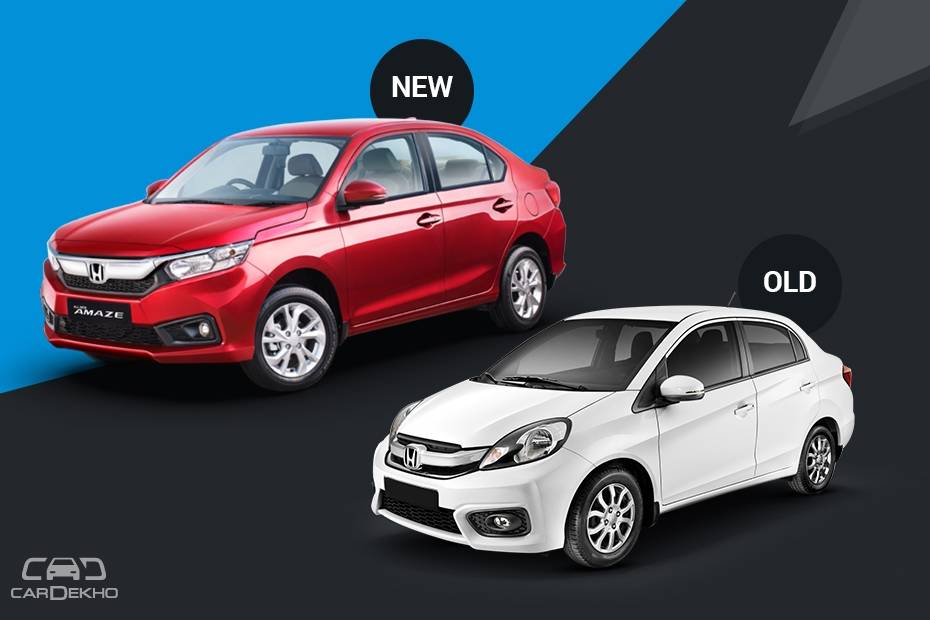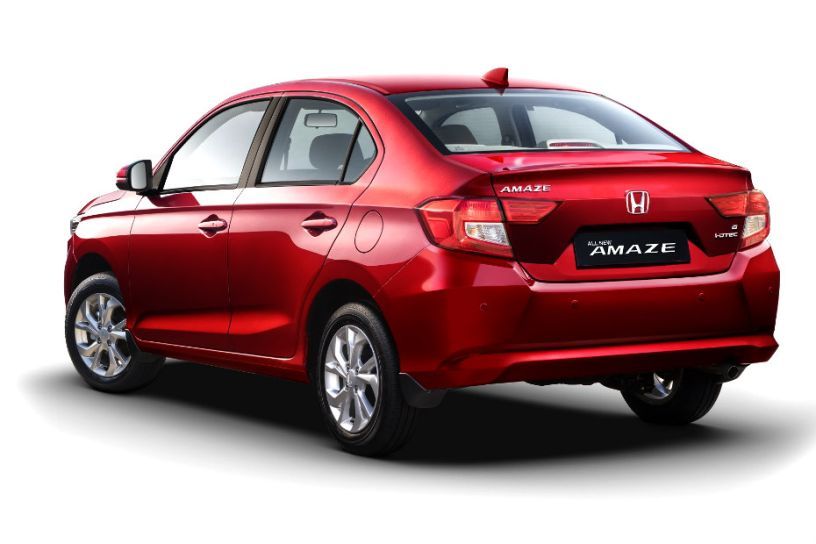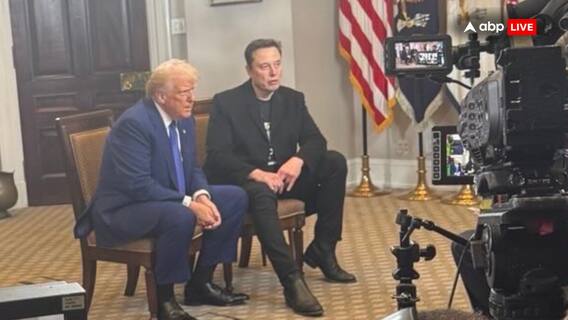Honda Amaze Old vs New: Major Differences

Leave aside the engines, virtually everything is new in the second-gen Amaze!

The second-gen Honda Amaze is here and it’s underpinned by a new platform. It gets more features along with a completely different approach to its styling compared to the first-gen model. Here’s how the Honda Amaze 2018 stacks up against its own previous avatar.
Dimension

Being a sub-4m sedan, the overall length of the new Amaze remains under 4m like before. The wheelbase, however, has been increased noticeably by 65mm as the wheels are now pushed to the extremities. The Amaze is also wider than before and its height has been marginally reduced.

Design and platform

The new Amaze doesn’t resemble the model it has replaced at all. Instead, it resembles the latest and upcoming sedans from Honda such as the tenth-gen Accord and the Civic. The nose doesn’t dive in anymore like the Brio-based first-gen model and it now sits quite upright. In fact, the second-gen Amaze looks comparatively boxy.

The Amaze now features a relatively cleaner design at the sides. The various character lines have been replaced by a single prominent one, which connects the headlamps and the tail lamps.

The door handles borrowed from the Jazz/City look sturdier than the ones on the Amaze before. The wheels are now one size bigger at 15 inch. However, we think Honda could’ve come up with a better design for the alloys.

The boot is stubby and high-set just like before. The shark fin antenna is now on offer for the first time on the Amaze. From the rear, the new Amaze looks like a miniature version of the new Accord, especially the way those C-shaped tail lamps have been designed. If you’re a fan of chrome appliques, Honda is offering a lot of chrome ornaments as accessories.

|
Kerb Weight |
||
|
Honda Amaze |
Old |
New |
|
Petrol (manual) |
965kg |
924kg (-41kg) |
|
Diesel (manual) |
1075kg |
1023kg (-52kg) |
Thanks to the new platform, the second-gen Amaze has shed weight in the range of 40-50kg. Even the diesel CVT, which is being offered for the first time here, is lighter than the previous manual variant at 1039kg.
Interior and Features

The previous Amaze had been criticised for its cabin that lacked premium appeal (check out the image above). Honda had even tried to revamp the dash later and it did work to some extent with the 2016 facelift model (check out the image below). The new Amaze, on the other hand, comes with an entirely new cabin: seats, dashboard and fit and finish levels have seen an improvement over the previous generation.

The dashboard still features a dual-tone black and beige theme but the layout is new. The steering wheel is new too, and so is the instrument cluster. The central console features a touchscreen infotainment system and glossy black highlighters run across the width of the dashboard.

The cheap-looking slim front seats of the previous Amaze have made way for properly bolstered ones with adjustable headrests which also offer whiplash protection.

Speaking of features, the second-gen Amaze finally gets support for Android Auto and Apple CarPlay, which is still unavailable with its siblings except for the Accord Hybrid. You also get push-button engine start-stop, cruise control and paddle shifters with the petrol CVT this time around. Rest of the features such as automatic climate control and electronically foldable and adjustable ORVMs, among others, have been carried forward.

The Amaze has always been one of the most spacious cars in its segment, especially when it comes to rear cabin and boot space. And the second-gen model is no exception. The 65mm increment in the wheelbase has liberated more legroom for the rear passengers. Boot space has also gone up by 20 litres and is class-leading now at 420 litres. While the rear legroom is amongst the biggest in the compact sedan space, the rear headroom is limited.

Check out more such things that we think Honda could have done better here: Honda Amaze 2018: 5 Things That Could Have Been Better
Mechanicals
Honda has carried forward the same 1.2-litre petrol and 1.5-litre diesel engines. Both the engines has similar outputs and a 5-speed manual is standard as before. The petrol still comes with a CVT, which was introduced with the first-gen Amaze facelift. And now, the diesel Amaze also comes with a CVT option.
While the Amaze petrol was previously available in two states of tune: 88PS (manual) and 90PS (CVT), the latter is now standard across the range, like the Jazz. The Amaze diesel auto is slightly detuned as, according to Honda, the CVT works best with this calibration. Fuel efficiency figures of the Amaze have gone up thanks to the lighter platform and new design.
|
Honda Amaze Petrol |
First-gen |
Second-gen |
|
Engine |
1.2-litre i-VTEC |
1.2-litre i-VTEC |
|
Transmission |
5-speed MT/ CVT |
5-speed MT/ CVT (paddle shifters) |
|
Power |
88PS (MT)/ 90PS (CVT) |
90PS |
|
Torque |
109Nm (MT)/ 110NM (CVT) |
110Nm |
|
Fuel Efficiency |
17.8kmpl (MT)/ 18.1kmpl (CVT) |
19.5kmpl (MT)/ 19kmpl (CVT) |
|
Honda Amaze Diesel |
First-gen |
Second-gen |
|
Engine |
1.5-litre i-DTEC |
1.5-litre i-DTEC |
|
Transmission |
5-speed MT |
5-speed MT/ CVT |
|
Power |
100PS |
100PS (MT)/ 80PS (CVT) |
|
Torque |
200Nm |
200Nm (MT)/ 160Nm (CVT) |
|
Fuel Efficiency |
25.8kmpl |
27.4kmpl (MT)/ 23.8kmpl (CVT) |
Price range
The first-gen Amaze was available in India at a starting price of Rs 5.70 lakh, which went up to Rs 8.54 lakh for the top-end diesel. Prices of the new Amaze start from Rs 5.59 lakh and go up to Rs 8.99 lakh.
Check out: 2018 Honda Amaze Vs Maruti Dzire: Variants Comparison
Read More on : Honda Amaze Automatic
This Story has not been edited by ABP News. It has been published through cardekho.com feed directly.
Trending News
Top Headlines












































